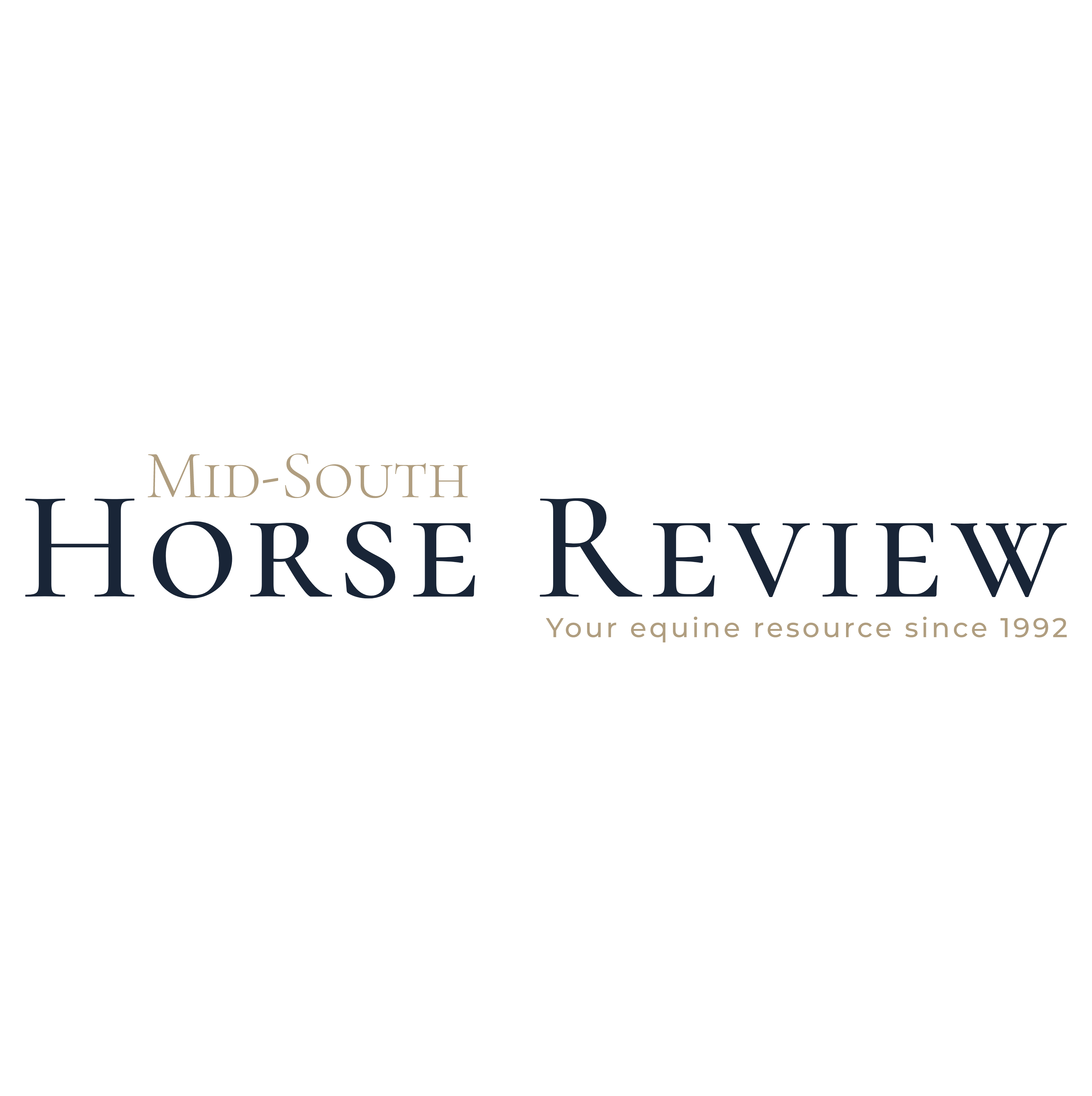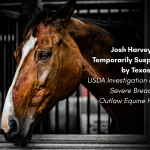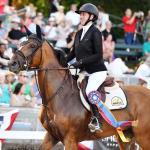There is a crisis silently brewing in the equine veterinary world.
The combination of older veterinarians leaving the field, current equine veterinarians leaving for better pay and work/life balance, and fewer numbers of veterinary students choosing equine as their elective field of specialty have seriously affected the availability of primary and emergency care for horses throughout the United States and beyond. And, if nothing is done now, this could be greatly problematic for horse owners who need to seek medical care for their horses in the coming years.
Michael Erskine, director of the Marion duPont Scott Equine Medical Center (EMC) in Leesburg, Virginia, is part of a national commission looking into the problem. The EMC is one of three animal health care facilities of the Virginia-Maryland College of Veterinary Medicine.
“Equine veterinarians typically provide emergency care for their client’s horses, but emergency coverage can be especially challenging, taking a huge toll on equine practitioners who are often expected to be available 24/7,” said Erskine. “Equine referral hospitals, unlike small animal emergency clinics, are few and far between with horse owners often having to travel substantial distances to seek comprehensive emergency care.”
Research by the American Veterinary Medical Association (AVMA) discovered that only a small percentage of veterinary students choose to pursue a career in equine veterinary medicine. Of those 1.3% go straight into private practice after graduation with 4.5% pursuing an equine internship to further their training.
What is most alarming is that within five years, due to the demands of the profession, 50% of these equine-focused veterinarians will move to small animal practice or decide to leave their aspirations for a career as a veterinarian behind altogether.
One major area of concern for new college graduates is compensation. Pursuing a veterinary degree is an expensive endeavor, with students typically graduating with double-digit six-figure debt.
Graduates who chose to focus on small animals can expect to step into a six-figure salary soon after graduation. In comparison, equine-focused graduates may choose to go into private practice or further their education by seeking an internship, possibly followed by a residency, but can expect to earn much less than their small animal counterparts during the first several years of their careers.
“I want to work with horses but I simply can’t afford it,” said fourth-year veterinary student Olivia Reiff ‘23, Virginia-Maryland College of Veterinary Medicine.
The diminishing availability of equine practitioners is not restricted just to the US. In the United Kingdom (UK), 9% of veterinary students initially choose to focus on equine, and only 2% of them actually graduate and pursue their chosen careers. A shocking 80% of all veterinary graduates in the UK will quit the profession within five years.
“It is getting progressively more difficult to find and hire equine veterinary specialists,” said Rachel Atherton, partner at Lingfield Equine Veterinarians, in Lingfield, West Sussex, UK.
Work/life balance is another factor impacting the retention of equine veterinarians. The expectation of 24-hour access to emergency care on the farm, 365 days per year, is no longer sustainable for many practices. Small animal practice on the other hand is a very different story with after-hours and emergency care typically provided by specialist emergency clinics.
On July 7, 2022, the American Association of Equine Practitioners (AAEP), headquartered in Lexington, Kentucky, announced the formation of the Commission on Equine Veterinary Sustainability – one of the association’s largest-ever initiatives, which has set out to address the equine veterinary crisis.
The commission, led by AAEP-member volunteers, is focusing on strategic areas of concern which need to be addressed to encourage and support equine-focused veterinarians to continue in or enter into the field of equine veterinary medicine.
Erskine ‘84, DVM ‘88, Jean Ellen Shehan Professor and director of the EMC, has been directly involved by acting as co-chair on a subcommittee of AAEP’s Commission on Equine Veterinary Sustainability, alongside Leann Kuebelbeck, surgeon and practice owner of Brandon Equine Medical Center in Brandon, Florida.
The 13-member strong subcommittee’s mission is to explore the unique challenges of providing emergency services and to consider service models to address the work-life balance, professional fulfillment, and recruitment and retention of equine veterinarians, while also considering how best to educate clients about these challenges.
While Erskine and his fellow committee members explore the issue on a national, big-picture level, improving emergency and critical care is very much a practical daily concern for Erskine at EMC.
Ensuring the future of emergency and critical care services at the EMC has required some out-of-the-box thinking and has been a top priority for Erskine. Careful consideration has been given to EMC clinicians and clinical support staff and their work-life balance, currently available and future outpatient and elective services, and the needs of the equine community with respect to emergency care.
Currently, EMC clinicians cover outpatient, elective, and emergency services. Erskine’s commitment to securing the future availability of top-notch emergency and critical care services at the EMC has prompted him to commit to a new, dynamic emergency service model: A dedicated team of board-certified emergency and critical care specialists is being formed and will be fully supported by the clinicians already on staff at the EMC who are board-certified specialists in surgery and internal medicine.
“This emerging emergency and critical care team model will be staffed by clinicians who enjoy the challenges of emergency medicine and will dramatically reduce on-call hours currently required of our internal medicine and surgery clinicians. Moreover, this model will allow our highly trained professionals the opportunity to focus on their specialty areas,” said Erskine. “Our goal is to implement this model without increasing costs to our clients”.
A generous anonymous donor – who understands the challenges faced by an equine emergency referral hospital – has committed $1.5M in funding to support the majority of costs associated with the start-up of the new service for the initial three years. It is estimated that by year four, hospital operations will fully support the service.
If this dynamic emergency service model proves successful, it may be implemented by other equine referral hospitals, thereby encouraging equine veterinarians to continue the work they love in their chosen field of expertise.
Meanwhile, Erskine will continue to help lead the exploration of how to solve the problems at a national level.
“The sub-committee is already identifying various emergency coverage models that have emerged and will be providing information to AAEP members about these models and how they may be incorporated into their practices,” Erskine said. “Some models include practice co-ops, dedicated emergency service practices, relief veterinarians, referral hospitals and emergency clinics, telemedicine, etc.”
Erskine said his subcommittee will be examining state licensing requirements and how they affect equine veterinarians in practice. “We also intend to engage national horse associations to seek input, explore potential solutions, and help with horse owner communications regarding emergency coverage and expectations,” Erskine said.
Summary reports and presentations from each sub-committee of the commission are expected to be delivered at the 2023 AAEP Convention in San Diego, Nov 29-Dec 3.












